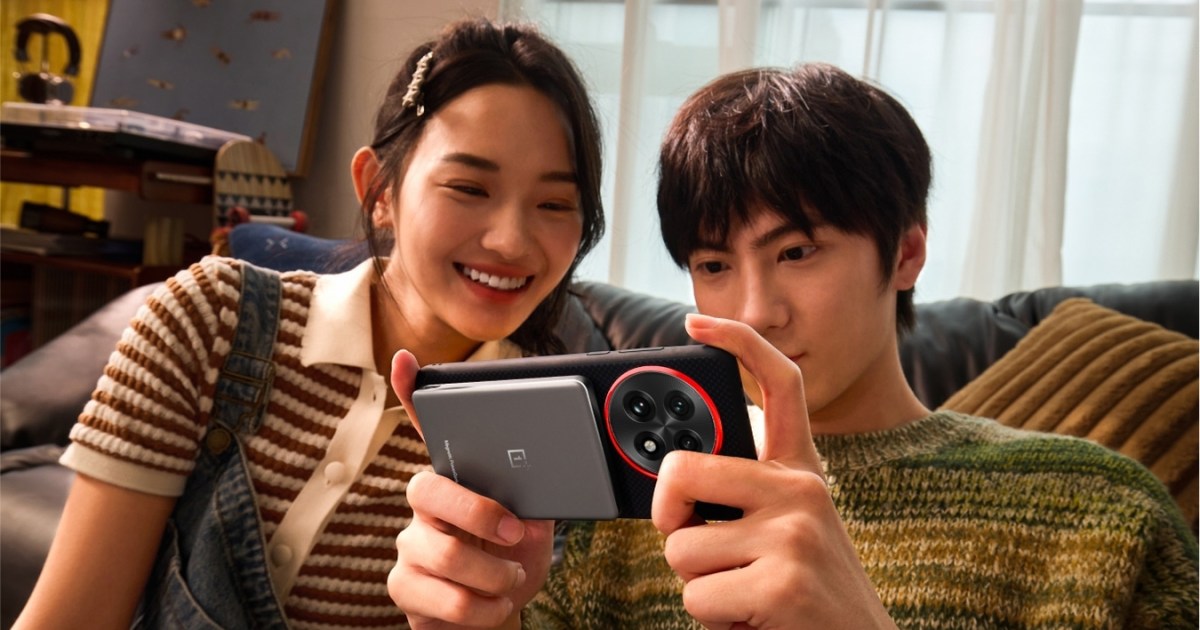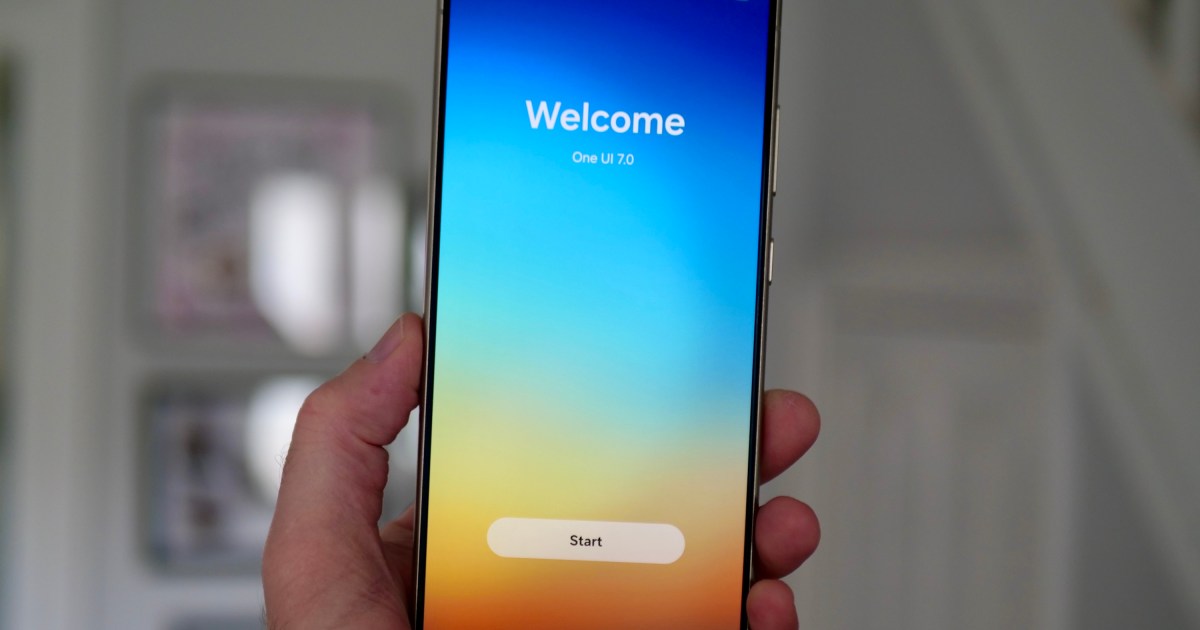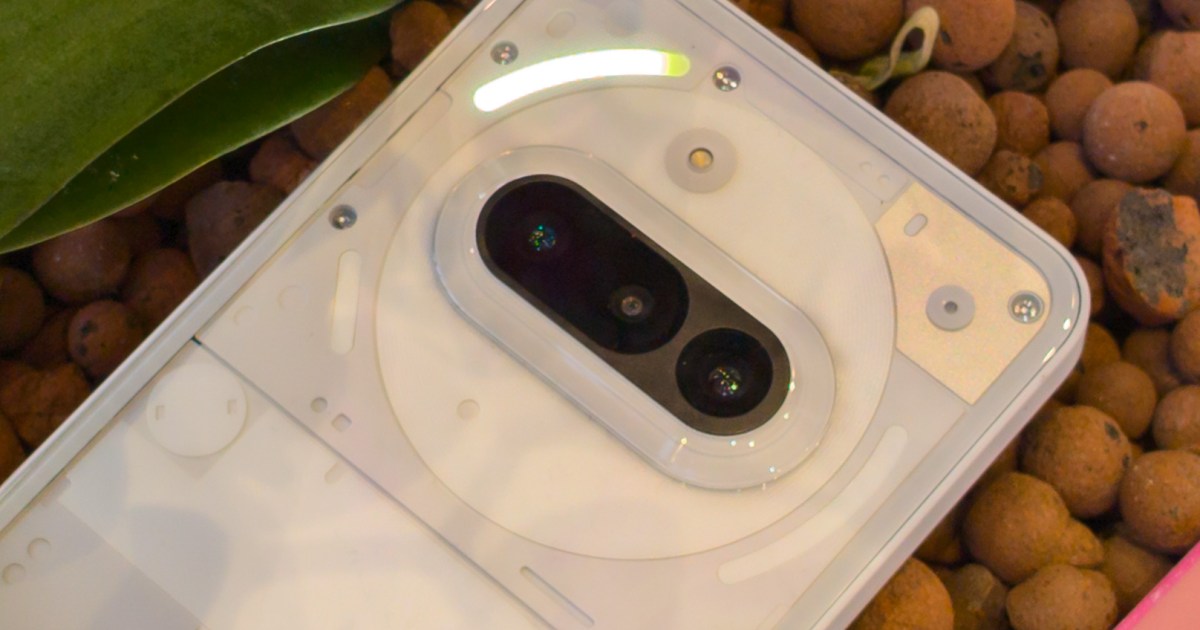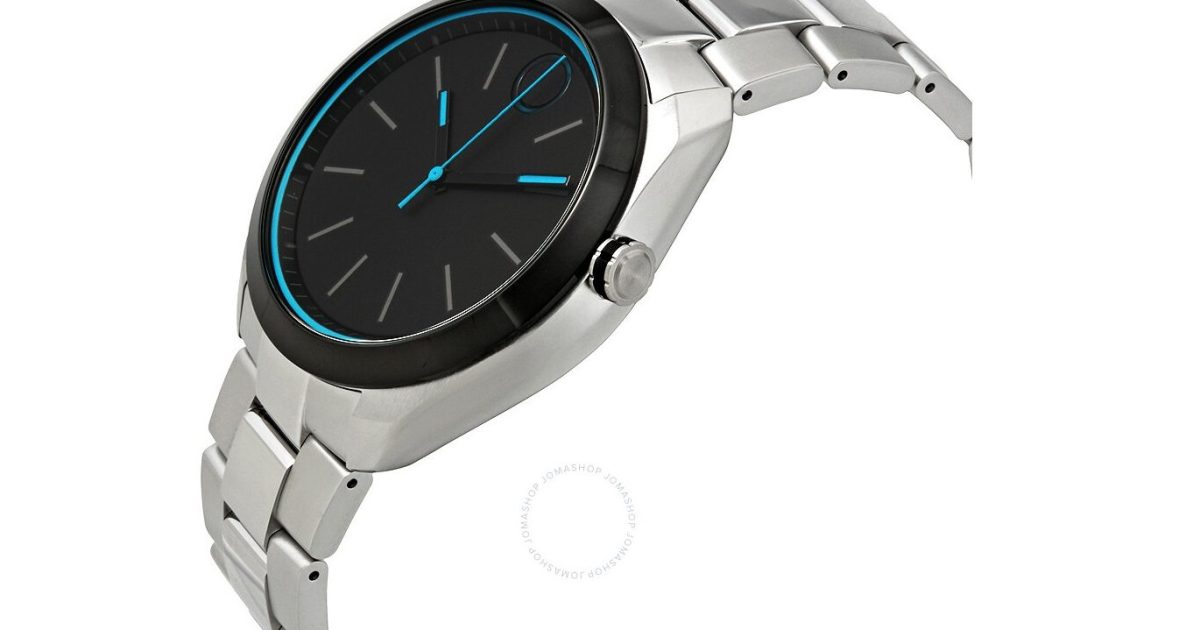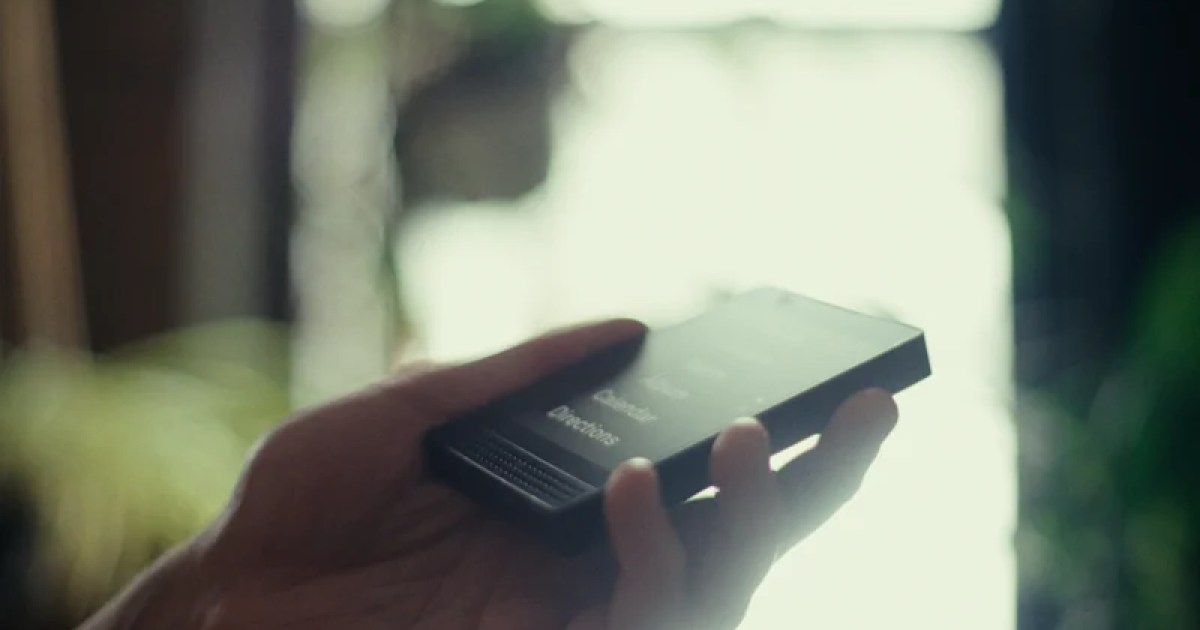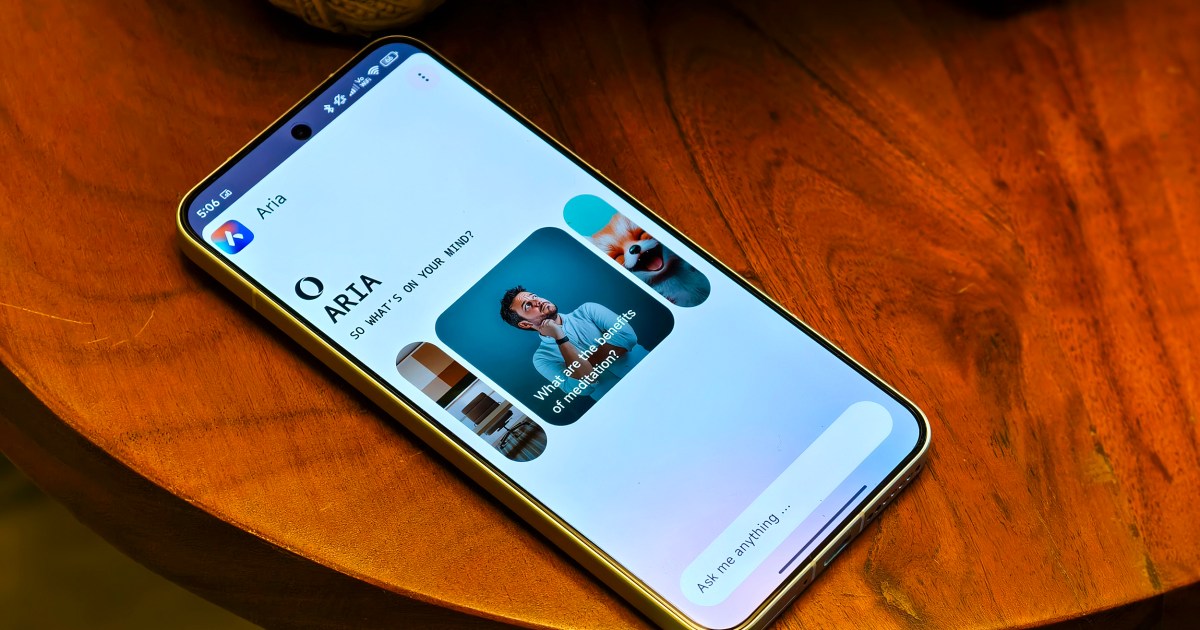The OnePlus Slim Magnetic Power Bank, a new 5,000mAh portable charger, has officially launched. This sleek power bank offers magnetic wireless charging and wired charging via a USB connector. Boasting a slim 9mm profile and weighing just 120g, the aluminum-clad device also features an LED charge indicator.
Compatibility and Charging Speeds
While OnePlus might seem the obvious target for this accessory, the OnePlus 13 requires a specific case for magnetic compatibility. Surprisingly, the Slim Magnetic Power Bank is compatible with iPhones, offering 7.5W wireless charging. However, it notably lacks Qi2 support, which would enable faster 15W charging. Android phone compatibility offers slightly faster 10W charging.
Price and Competition: Anker MagGo Leads the Pack
The OnePlus Slim Magnetic Power Bank is available directly from OnePlus for $70. This price point puts it in direct competition with Anker’s MagGo Power Bank, available on the Apple Store for $50. Both devices share similar specifications: a 5,000mAh capacity, 120g weight, and a 9mm thickness. They both also include LED charge indicators and USB-C connectivity.
However, the Anker MagGo boasts a significant advantage with its Qi2 support, delivering 15W charging for iPhones—double the speed of the OnePlus offering. This price and performance difference makes the Anker a compelling alternative.
Design and Functionality
OnePlus has a history of producing battery products, and this new power bank complements their existing lineup. While the OnePlus 13 requires a separate magnetic charging case (available from $24.99) for compatibility, users of other compatible devices can benefit from the Slim Magnetic Power Bank’s convenient wireless charging capabilities.
A Tough Choice for Consumers
The OnePlus Slim Magnetic Power Bank offers a sleek design and convenient functionality. However, the lack of Qi2 support and higher price tag compared to the Anker MagGo Power Bank present a challenge. While it’s undeniably stylish, the OnePlus power bank may struggle to compete with the Anker’s superior charging speeds and lower cost.
Ultimately, the decision comes down to individual priorities: prioritizing design and brand loyalty versus superior charging performance and value.



